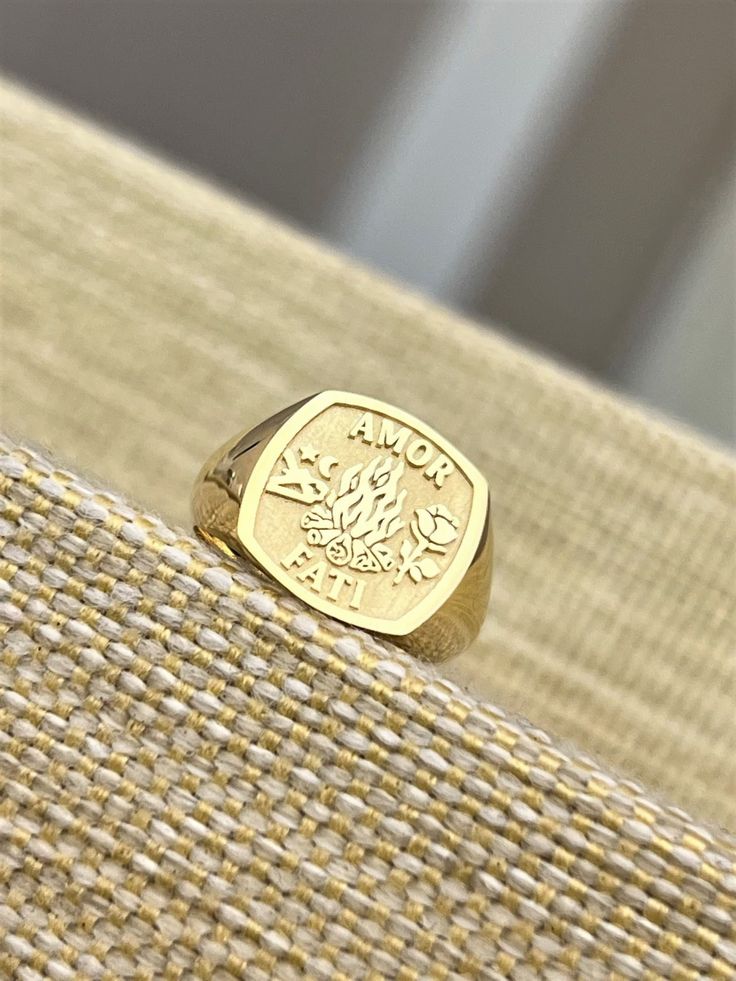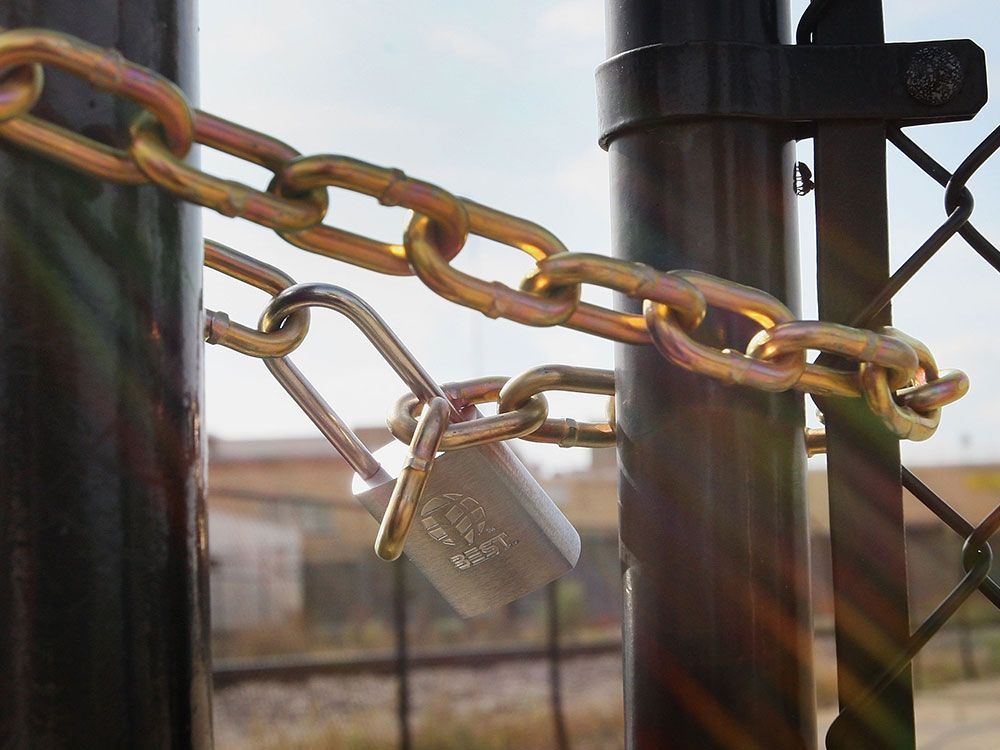Pope Francis' Signet Ring: Its Fate After His Death Explained

Table of Contents
The Pope's signet ring, a symbol of papal authority and a centuries-old tradition, holds significant religious and historical weight. This iconic ring, often referred to as the Fisherman's Ring, is far more than just a piece of jewelry; it represents the spiritual leadership and power of the papacy. But what happens to this important symbol after the Pope's death? This article explores the fascinating ritual surrounding the destruction of Pope Francis' signet ring and the significance of this act, delving into its history, symbolism, and modern interpretations.
The Significance of the Papal Signet Ring
The Papal signet ring, a tradition dating back centuries, carries immense historical and religious significance. Its importance stems from its dual roles as a symbol of authority and a practical tool for authentication.
- Authentication of Papal Documents: Historically, the ring was used to stamp official papal documents, ensuring their authenticity and preventing forgery. This was crucial for disseminating decrees, pronouncements, and other vital communications throughout the Catholic Church.
- Symbol of the Fisherman's Ring: The ring's design often depicts St. Peter, the first Pope, as a fisherman. This symbolizes the humble beginnings of the Church and its foundation upon the teachings of St. Peter. The image is a powerful visual reminder of the Pope's spiritual heritage.
- Represents Papal Authority and Spiritual Leadership: The ring visually represents the Pope's authority as the head of the Catholic Church. It’s a visible manifestation of his spiritual leadership and his role as the successor of St. Peter.
- A Visible Sign of the Papal Office: The ring is more than just a symbol; it's a tangible representation of the papacy itself. Its presence signifies the Pope's office and his authority within the Catholic world.
The Ceremony of Ring Destruction
Immediately following the death of a Pope, a poignant ceremony takes place: the destruction of the Papal signet ring. This act, rich in symbolism, is performed by the Camerlengo (Chamberlain), a high-ranking Cardinal who acts as head of the Holy See during the sede vacante (vacancy).
- The Camerlengo's Role: The Camerlengo is responsible for overseeing the process, ensuring the ring is irrevocably destroyed. This emphasizes the definitive end of the previous pontificate.
- Method of Destruction: Traditionally, the ring is crushed or broken, rendering it unusable. This prevents any potential misuse or forgery of the papal seal after the Pope's death.
- Symbolic End of the Pontificate: The destruction of the ring symbolizes the end of the deceased Pope's reign and the transition of papal authority to the next successor.
- Preventing Forgery: The destruction serves a crucial practical purpose, preventing the fraudulent use of the ring to issue false papal documents.
The Tradition Through History
The tradition of destroying the Papal signet ring has evolved over centuries, but its core ritual has remained consistent. While precise details may have varied, the essential act of destroying the ring to prevent forgery and symbolize the end of a pontificate has endured.
- Historical Examples: The destruction of the signet rings of previous Popes, such as John Paul II and Benedict XVI, followed this established tradition. Each instance served as a solemn marker of the end of an era in the Catholic Church.
- Variations in Ceremony: Throughout history, minor variations in the ceremony might have occurred, depending on the circumstances and the specific practices of the Camerlengo involved. However, the core act of destroying the ring has remained unchanged.
- Consistency of the Core Ritual: The enduring consistency of this ritual underlines its importance in maintaining the solemnity and authority of the Papal office. The act itself transcends specific details, emphasizing the consistent symbolic power of destroying the ring.
Symbolism and Interpretation
The destruction of the Pope's signet ring is far more than a simple ceremonial act; it is rich in symbolism and interpretation. The ritual speaks volumes about the Catholic faith and its understanding of power and leadership.
- Represents the Transience of Earthly Power: The destruction highlights the ephemeral nature of worldly authority. The Pope’s power, while significant, is ultimately temporary, focusing attention on the eternal nature of faith.
- Focuses on the Spiritual Nature of the Papacy: The ceremony underscores that the papacy's true essence lies in its spiritual role, not in material power or earthly possessions. The ring, a symbol of earthly authority, is destroyed, emphasizing the spiritual realm.
- Reinforces the Church's Continuity: While the Pope's earthly authority ends, the Catholic Church continues. The destruction of the ring symbolizes a transition, not an end, highlighting the enduring nature of the institution.
Speculation and Modern Interpretations
The ritual surrounding the destruction of the Pope's signet ring continues to fascinate the public and spark debate. Modern media coverage often highlights the event's symbolic importance.
- Media Coverage and Public Reaction: The media closely follows the destruction of the ring, often framing it as a significant moment in the transition of papal power. Public interest reflects a global fascination with the traditions of the Catholic Church.
- Potential Changes to the Tradition: While unlikely, discussions occasionally arise about potential future changes to the ceremony. However, the deep-rooted tradition and its symbolism make significant changes improbable.
- Focus on the Lasting Legacy of the Ring and the Pope: Ultimately, the destruction of the ring focuses attention on the lasting legacy of the deceased Pope and his contributions to the Church.
Conclusion
The destruction of Pope Francis' signet ring, a ritual steeped in centuries of tradition, serves as a powerful symbol of the transience of earthly power and the enduring nature of the Catholic faith. This ceremony, performed by the Camerlengo, highlights the importance of the papacy and the seamless transition of power within the Church. The act, simultaneously practical and symbolic, reinforces the Church's continuity and underscores the spiritual nature of its leadership.
Call to Action: Want to learn more about the fascinating history and symbolism of the Papal Signet Ring and other papal traditions? Keep exploring the rich history of the Vatican! Search "Papal ring," "Fisherman's ring," "Pope's ring," or "Papal signet" to uncover further insights into this compelling aspect of Catholic history.

Featured Posts
-
 Chinas Shift From Us To Canadian Oil Amidst Trade Tensions
Apr 23, 2025
Chinas Shift From Us To Canadian Oil Amidst Trade Tensions
Apr 23, 2025 -
 Canadian Recession Fears Intensify Posthaste Analysis And Implications Of Lower Tariffs
Apr 23, 2025
Canadian Recession Fears Intensify Posthaste Analysis And Implications Of Lower Tariffs
Apr 23, 2025 -
 Les Industriels Morning Retail Et Leur Engagement Nutriscore
Apr 23, 2025
Les Industriels Morning Retail Et Leur Engagement Nutriscore
Apr 23, 2025 -
 Ramalan Pernikahan Analisis Kecocokan Weton Senin Legi Dan Rabu Pon
Apr 23, 2025
Ramalan Pernikahan Analisis Kecocokan Weton Senin Legi Dan Rabu Pon
Apr 23, 2025 -
 Massive Office365 Security Failure Costs Executives Millions
Apr 23, 2025
Massive Office365 Security Failure Costs Executives Millions
Apr 23, 2025
